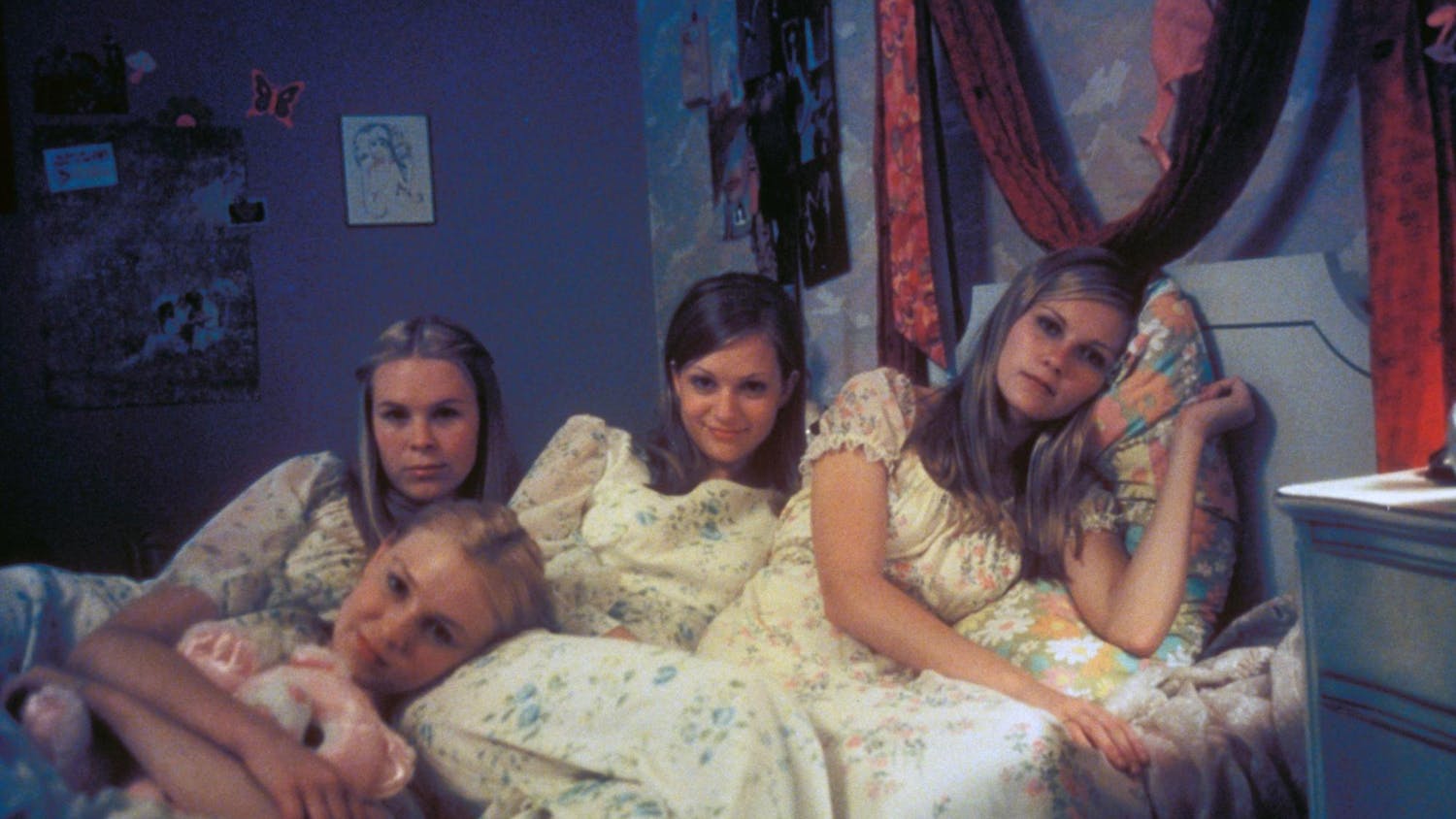I’m a big fan of Nasty Gal.
This is not to be confused with the nasty woman. No, before Hillary Clinton and the dumpster fire of this election, there were nasty gals all over the place. In true rags-to-riches fashion, badass girl boss Sophia Amoruso recognized the grungy, cool girl as marketable.
It was 2006. Amoruso dropped out of school and started selling vintage clothing on eBay as the “Nasty Gal.” The business eventually erupted and made her Forbes-level famous.
We’re talking bigger than Cinderella. Instead of getting the prince, Amoruso got her own book deal and a net worth of $280 million, putting her above the likes of Taylor Swift and Kanye West.
You can see how it’d come as a surprise when I discovered earlier this week that Nasty Gal was filing for Chapter 11 bankruptcy protection.
Sure, Delia’s, American Apparel and Aeropostale have all gone bankrupt, but those hadn’t been on my list of websites on which I constantly have imaginary shopping carts filled with beautiful things I can never afford.
I bought my first bralette from Nasty Gal five years ago.
I’m not ashamed to admit that I’m wearing it right now.
That’s the problem with clothes and all products, really. We keep them forever, and if they don’t last forever, then the item is believed to be cheap and the customer is unwilling to purchase it again.
The internet is brimming with sites boasting next-level products. How is a company expected to convert twice? Once a customer has a product, whatever it is – a ring, a bra, a lipstick or even a candle, a customer is far less likely to purchase the exact same thing the next time.
I spoke with Nadine McCarthy Kahane, founder and CEO of Stone & Strand, a high-end jewelry e-commerce company based in New York about customer acquisition.
“In today’s world customers are constantly bombarded with information about new brands, new products and new companies. The question everyone has to answer is a philosophical one – why should they care about you?” Kahane said.
I cared about Nasty Gal because it was different than everything else out there. It was bold, daring and didn’t flack itself as mainstream.
Business of Fashion published an article on the very matter: “The thing that made the brand was that not everybody knew about it. How do you maintain that cool, counterculture element and scale?”
I think this is why the announcement hit home for me — it somehow managed to weave it’s way into my stylistic ideology. Is Nasty Gal drowning underneath stacks of unpaid checks because it was, somewhere along the line, deemed un-cool?
“The key metric that investors look at when evaluating an e-commerce business is the ratio of the ‘lifetime value’ ... Are you spending more than you make on each customer to acquire them? If you are, this isn’t sustainable in the long term,” Kahane said.
It’s clear that Nasty Gal’s fledgling business model did not calculate that ratio. It’s no surprise that Amoruso distanced herself from the company in recent months. Even if her first business goes up in flames, she will remain un-charred, shining in her self-made #GirlBoss brand.
There’s something to be said about Amoruso’s journey. Many celebrities create their own brands because they’re famous. Amoruso became famous because of her brand.
Hey, even if I can’t shop at Nasty Gal in the future, at least I’ll be able to watch the Netflix adaptation of her memoir, set to premiere in 2017.
jlkarl@indiana.edu
@jkarl26





